The short answer is YES….and NO.
See why in this example:
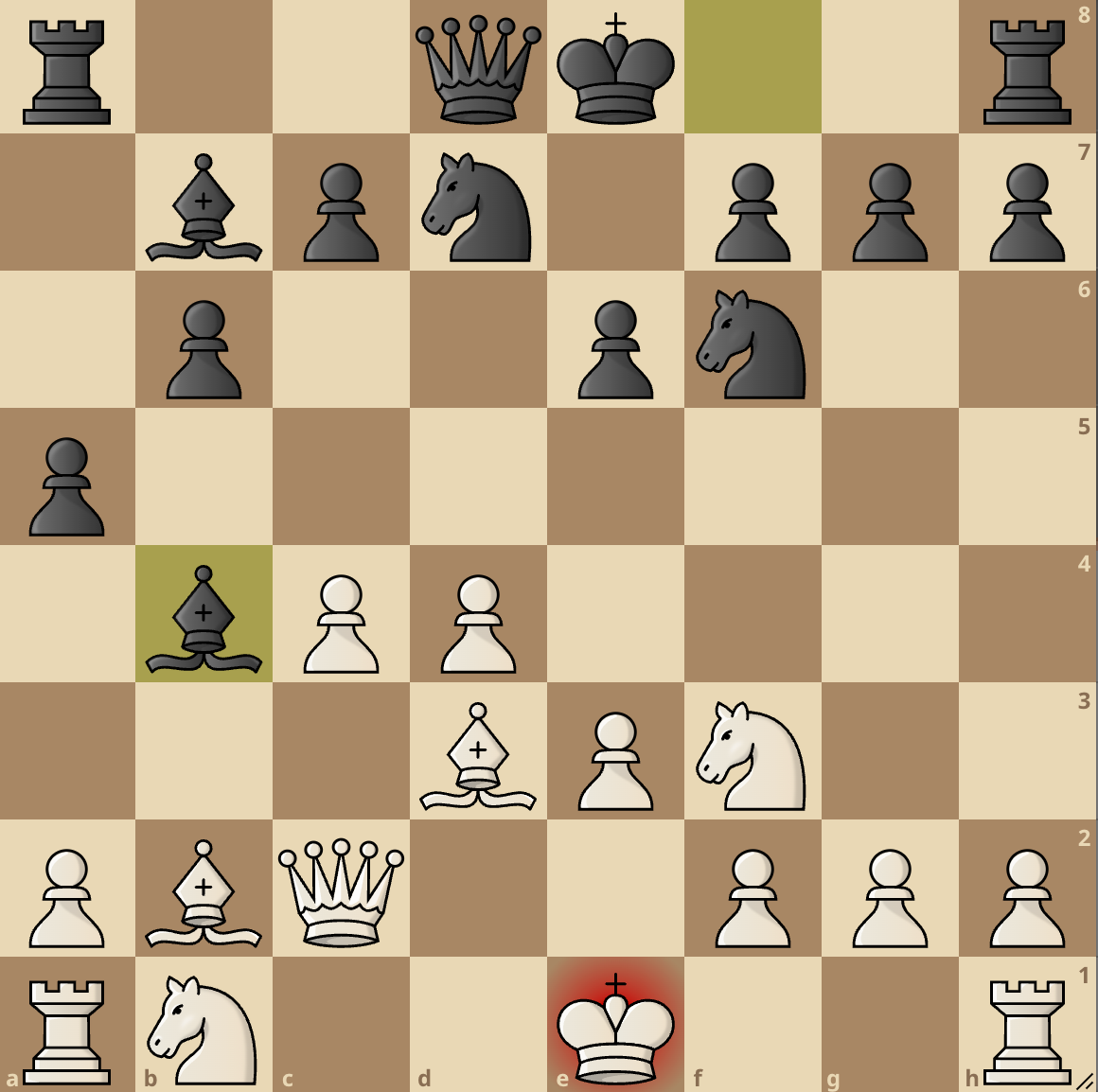
In the position above, Black just played Bb4+ checking the White king.
As with the rules of chess, White has two options – block the check with another piece or simply move the king away. Let’s analyze both options.
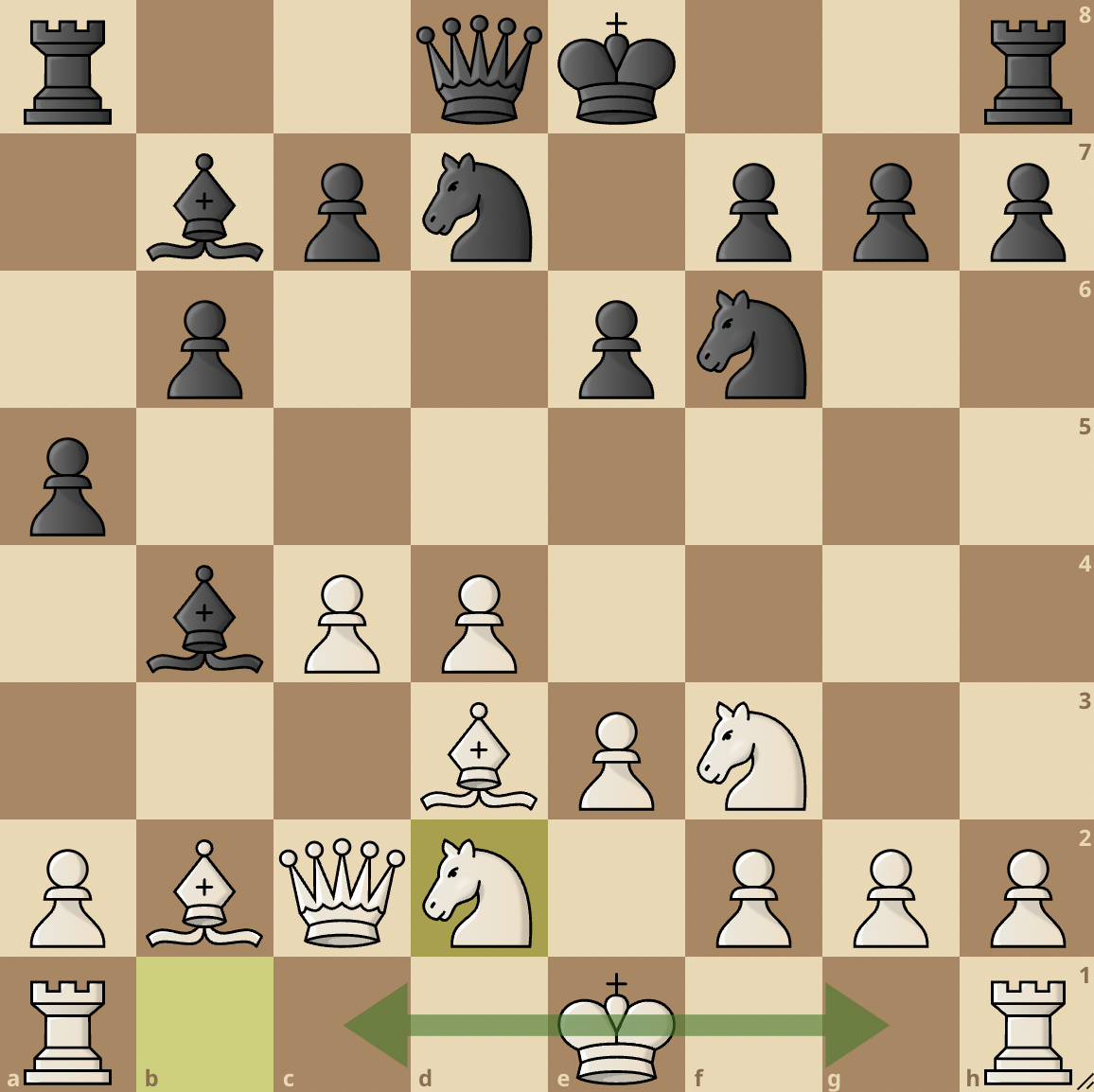
One option (the best actually) is to move a piece to block the check. The underdeveloped knight on b1 moves to d2 achieving three things at once:
- The knight is now developed
- It blocks the check
- The king can comfortably castle queenside or kingside on the next move.
But what if White plays something like Ke2?
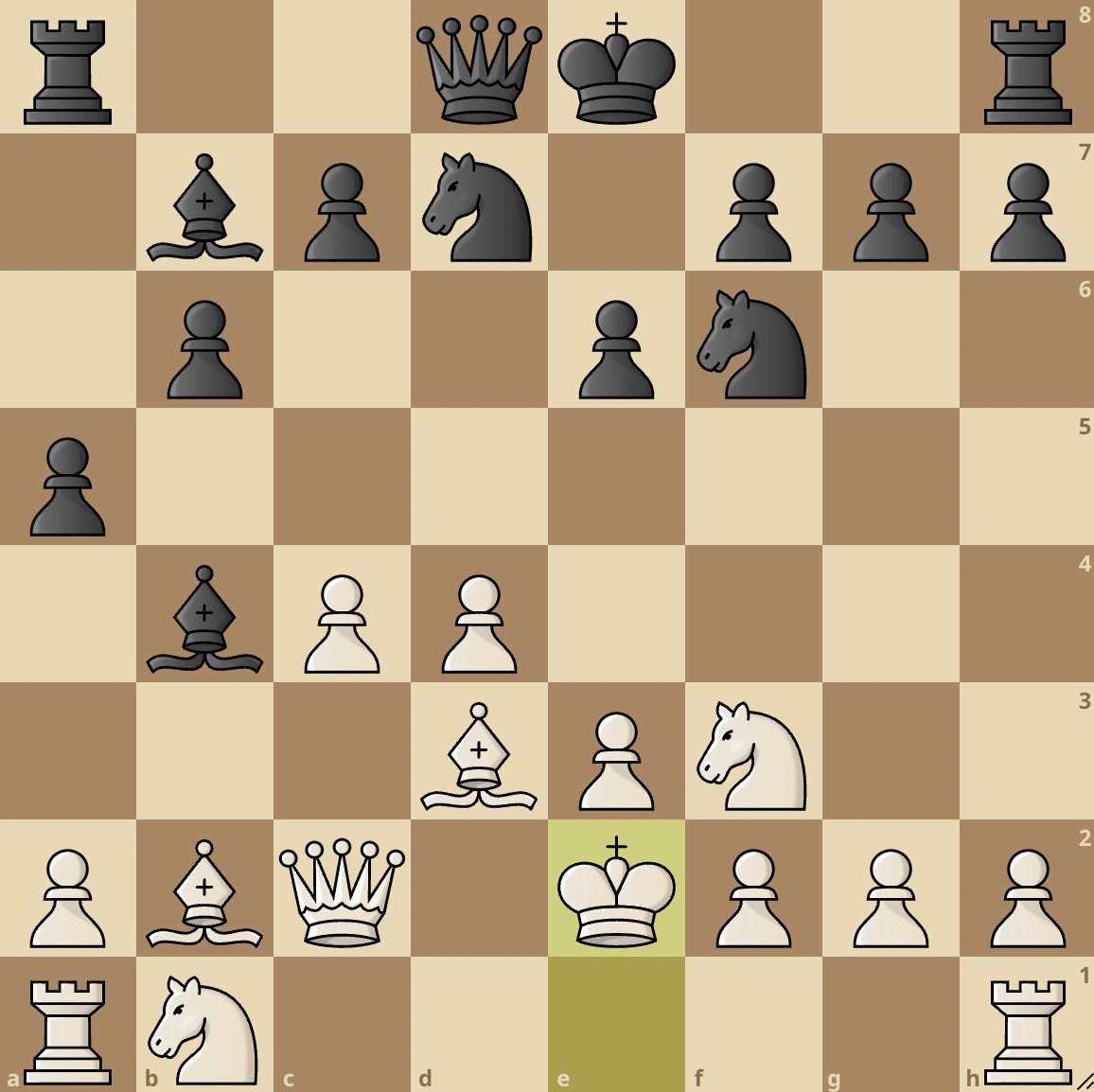
Sure, White also protects his king with this second option by hiding it on the e2 square.
(On a side note, Ke2 is pretty ugly as the king can get exposed in the centre. White would have to ‘castle manually’ by playing moves like Rhd1, Kf1 and Kg1)
However by doing so, the king relinquishes his chance to castle either kingside or queenside.
Taking a look at both options we just analyzed, we see that the White king was checked in both positions. However, only the king in option A could castle unlike the king in option B.
Do you get the point now?
It’s possible to castle after being checked and in some cases, it might not be.
It solely depends on your response after the check comes in. You should avoid moving your king in the centre if you’re looking forward to castling.
This is because of the rules of chess that states that castling can no longer be possible if you’ve moved your king before. It’s completely different with the rooks.
Say you’re handling White and you already moved the a1 rook before but the h1 rook is intact, it won’t be possible to castle queenside but it’ll be possible to castle kingside. This works vice versa.
What if your king was previously in check but is no longer in check, is it possible to castle?
Yes, you can.
If at the time of your castling move, your king is not checked by any of the enemy pieces then you’re okay for castling.
However, there are unique situations where castling might be considered illegal.
These are situations where you castle directly into a check by your opponent or castle across your opponent’s line of fire.
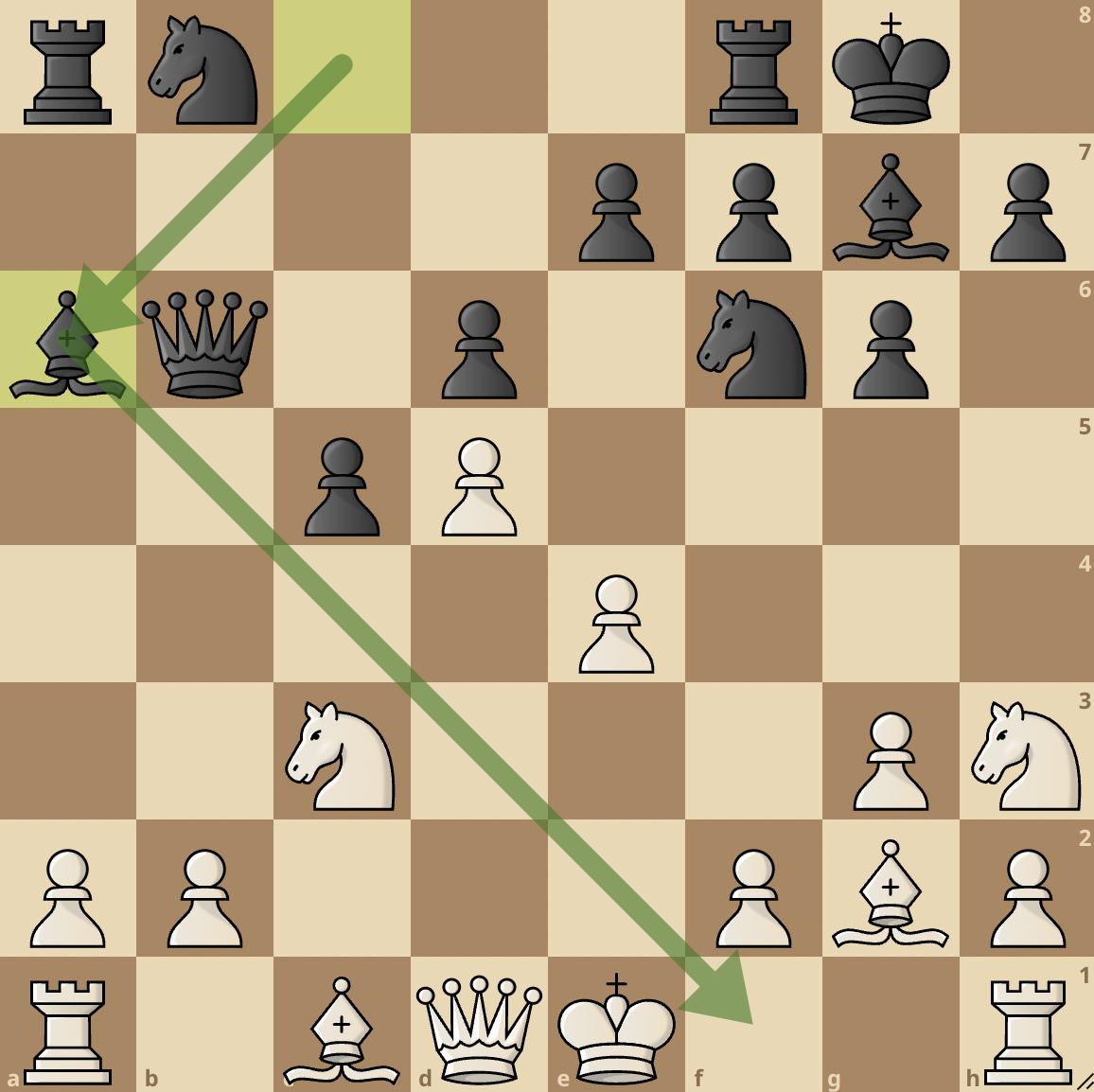
See this position above from a variation of the Benko Gambit. White’s last move was Nh3 preparing to castle kingside.
However, Black had Bxa6 capturing a white pawn on a6 and immediately breathing fire on the a6-f1 diagonal.
Now, even if White could castle here, surely he’s not castling into a check. The only thing at stake will be the h1 rook which will move to f1 where it can be easily captured by the bishop on a6.
But the rules of chess state that it’s not just feasible to castle whenever your opponent has a piece that controls certain squares in your castling direction.
In simpler terms, you cannot castle if the square that the king must pass through or the square the king will end up on is occupied by another piece or is under attack.
Can you castle if your king is in check?
No, you cannot castle if your king is in check.
It’s tempting to try to escape from your opponent’s check threat by immediately castling but the rules of chess forbid it.
You can only do three things we call ‘ABC’:
- Advance (or move away) your king
- Block the check or
- Capture the checking piece.
Frequently Asked Questions (FAQs)
What is Castling in Chess?
Castling is a move in chess where a player moves the king two squares toward a rook on the same rank and moves the rook to the square that the king has crossed.
It is the only move in chess where a player moves two pieces at the same time. See our guide on how to castle in chess.
What are the Conditions for Castling?
Some of the conditions for castling include:
- Your king must not be in check after castling
- Your king must not have moved previously
- The rook in consideration has not previously moved
- Your king must not be in check before castling
- Your king must not pass through check
- No pieces should be between the king and rook
Who Invented Castling?
Castling was first introduced to European chess in the 14th and 15th centuries. It evolved into its current form in the 17th century. Castling laws did however vary locally, and this continued in Italy far into the late 19th century.
When is it Ideal to Castle?
The perfect time to castle is during the opening to protect your king. When an opponent attacks your position on one side (either kingside or queenside), then you have to castle on the other side to safeguard your position and avoid checkmate.
When Should You Avoid Castling?
You should avoid castling:
- If castling will expose your king to greater danger.
- If your opponent’s most threatening pieces (especially the queen) have already left the board. That’s because your king is more active in the center.
- If your rook is supporting an important advance of a flank pawn.
- If you have powerful tactics available immediately and castling will cost you the initiative.
Can you castle on your opponent’s turn?
No, you can only castle on your own turn, not on your opponent’s turn. This means that if your opponent moves a piece to put your king in check, you will not be able to castle until your next turn.
Can you castle more than once in a game?
No. In standard chess, you can only castle once per game.
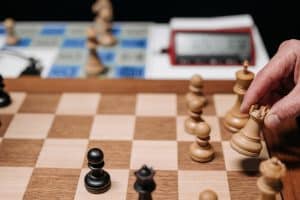

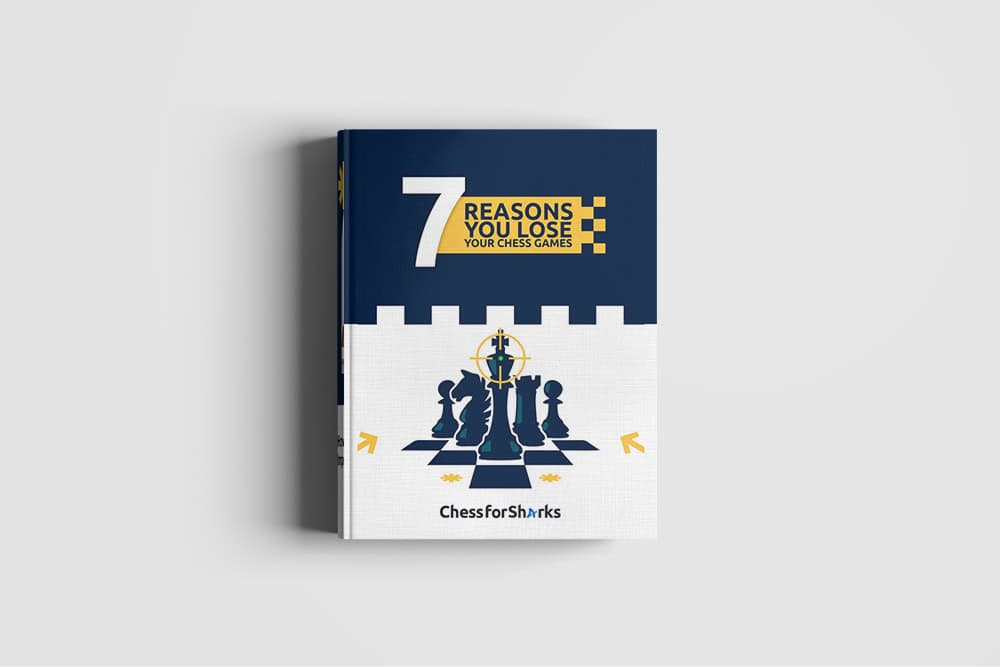

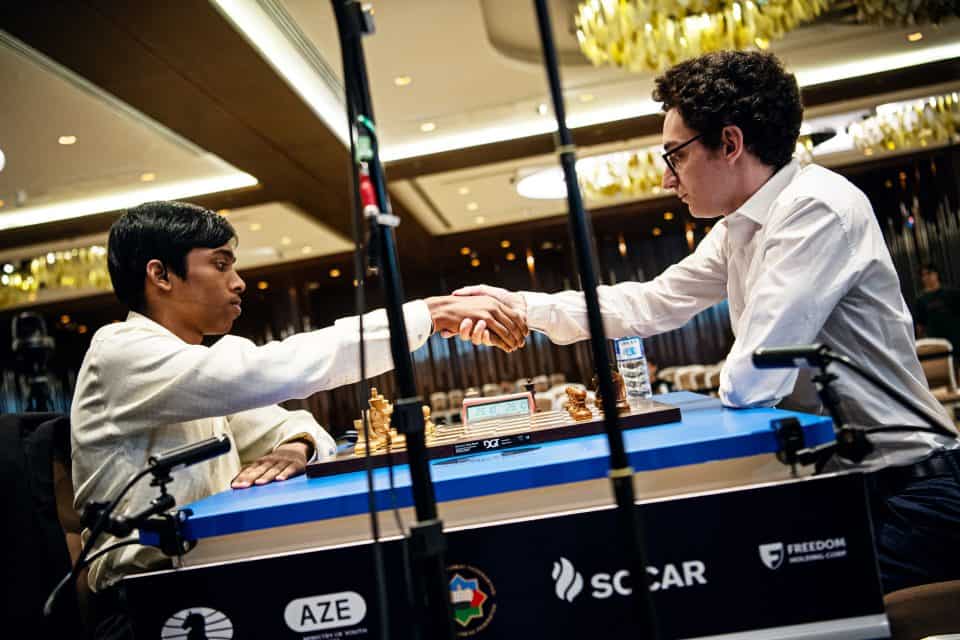
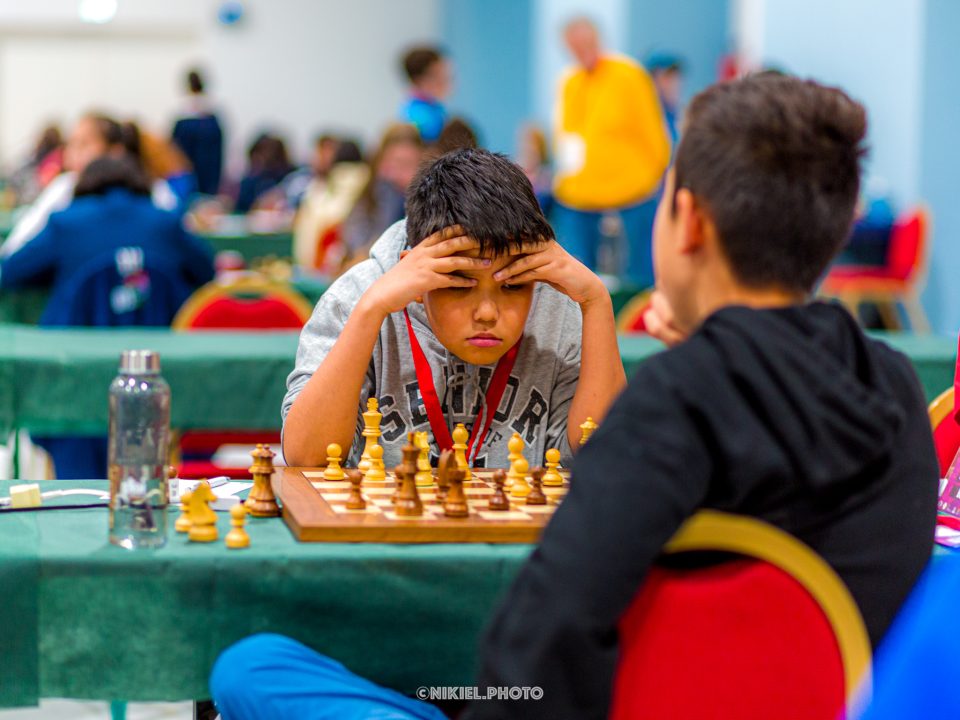
join the conversation